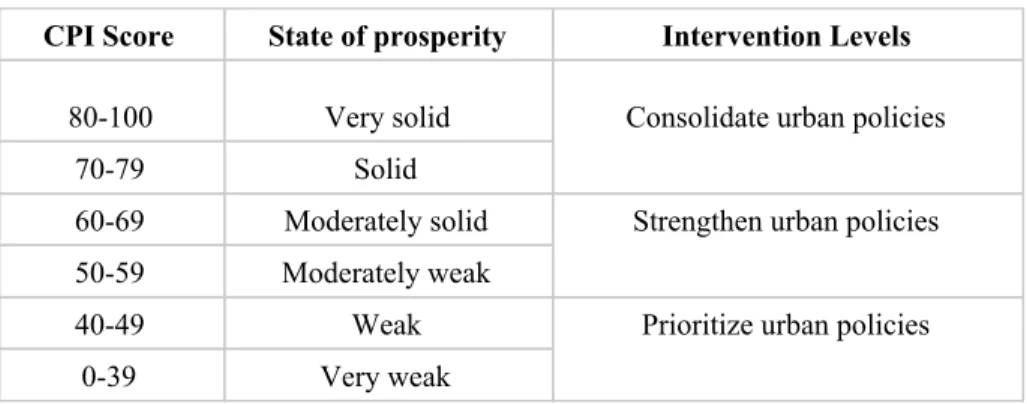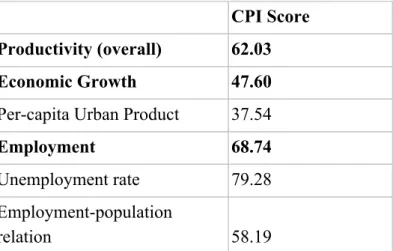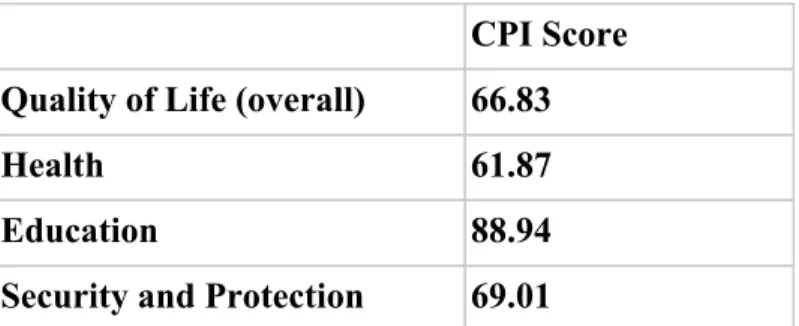I would like to thank my friends and family for providing constant support and encouragement during the process of researching and writing this article. Additionally, I am incredibly grateful to the faculty of the Croft Institute for International Studies, the Sally McDonnell Barksdale Honors College, and the Department of Sociology for the thoughtful and engaging comments and conversations that helped facilitate my writing. Finally, I would like to thank my advisor, Marcos Mendoza, for constant constructive feedback and support throughout this process.
From the early 1990s, the city of Puebla, Mexico followed an urbanization strategy based on the conversion of the historic center into a hub for international tourism dedicated to the marketing of colonial architecture and the development of another part of the city, Angelópolis, as an affluent space for trade and elite residence. This strategy caused a crowding out effect which relegated the lower and working classes to the periphery of the city. Although based on a small sample of interview subjects, Pueblans highlighted awareness of multidimensional inequalities in the city related to income, class, health, security, and education.
Citizens reflect a socio-spatial awareness that highlights – in different ways – different understandings of marginality and segregation in the city.
Introduction
As a result of this inequality gap, Puebla has become highly segregated, with the impoverished forced to the outskirts of the city (Schteingart, 2013). Regarding the situation in urban Mexico, a number of studies have been conducted in the last few decades on the sociocultural dimensions of urban industrialization. The initial chapter of this research focuses on how government policies have affected the spatial segregation and marginalization of the poor in Puebla.
In the last half of the study, I question the consequences of spatial separation for the population. For example, I examine the urban development sub-programme that came to modernize a part of the city, which affected the informal and formal economy of the city. The second chapter will look at an overview of the social consequences that segregation has on the city's population through a 2018 study of Puebla City conducted by the United Nations City Prosperity Index.
The last chapter looks at the effects on the ground of the marginalization of Puebla through analysis of interviews conducted in Puebla City.
Literature Review
After its defeat in the 1846 war with the United States—a defining moment in the country's economic and social landscape—the country faced a severe loss of hegemonic power. It confirmed "a shift in the balance of power within the North American continent in favor of the United States" (Hamnett, 2006, 7). Over the centuries, Puebla de los Angeles grew into one of the largest cities in the country with a vibrant industry.
Beginning in the early 20th century, as fears of revolution grew, so did fears of labor organizing. It is also important to study the marginalization of the sectors of the population that are marginalized in the city – largely the urban poor. Building on the proposed theories of power and marginalization, this study attempts to address the causes of the "displacement" of the poor in the city.
In the last half of the study, I reflect on the consequences of spatial segregation on the population.
An Analysis of Policy and Legislation
The law represented historic preservation as being in the social interest for the betterment of the nation. These criteria, explained in the Operational Guidelines for the Implementation of the World Heritage Convention, are a set of 10 standards. Through its addition to the list of World Heritage Sites, the city of Puebla could more easily maintain the aesthetic integrity of the past.
This decision further exemplifies the organisation's focus on 16th century culture in the city. The urbanization noted in the report refers to the industrialization of the city in the mid-20th century. The World Heritage Committee wanted to focus on the preservation of the city's colonial architecture and culture.
The Spanish colonial aspects of the city center were favored by the organization for preservation efforts. This led to two major municipal programs that stimulated drastic changes in the city's landscape. These were deliberate attempts to preserve the colonial culture of the historic center by relocating commercial markets.
Although the focus of this program is urban development, the rhetoric of the site still fetishizes the historic center. Two years later followed the partial program of urban development and preservation of the historic center of the city of Puebla. This plan was to directly affect the future development of the Angelopolis region, located southwest of the city center.
The report goes on to note the need for government intervention in social development in the region. 5 The city recognizes the growing marginalization and poverty affecting significant populations in the city. Through decades of federal, state and municipal interventions, the landscape of the city of Puebla has changed drastically.
This colonial heritage is combined with modernization efforts in another part of the city: Angelópolis.
City Prosperity Index Puebla City
The article notes that “the [city-owned] houses that were planned [for development] have not been completed and the commercial market spaces are largely unoccupied. In an article published in February 2017, the author notes that the city's public services are "concentrated in an exclusive zone, and the rest of the population that is not part of [this zone] is abandoned". In this chapter, I question the social consequences of segregation and marginalization that we observe in the city of Puebla.
According to the calculation of the CPI, Puebla has a moderately poor prosperity (56.02), which implies that the city must strengthen public policies in areas where less favorable results are reported. This illustrates that within the city there is a high concentration of income in a small percentage of the population, leading to high levels of inequality. A score of 41.49 shows that there is a large part of the municipality that lives on less than $1.25 every day.
The Office of the President of the Municipality of Puebla noted in 2014, “There are areas with high levels of human development comparable to that of the most developed cities in the world. The high proportion of those in poverty indicates that a significant proportion of the population lacks access to higher qualities of life, such as education, security and general social equality – thus perpetuating the cycle of high inequality. This is defined by the Index as "dwellings presenting one or more of the following negative conditions: non-sustainable floor materials, no access to potable water or sanitation, and overcrowding" (CPI, 2018, 61).
Although the Municipality of Puebla has generally scored well in terms of productivity, there are certain indicators that are concerning and could negatively impact the livelihoods of the city's residents. Urban product is a measure of the economic well-being of a municipality's residents in terms of gross economic output. This research shows that 72% of the state's total population works in an informal setting (OECD, 204, 23).
Although different areas of the city may have unfavorable results regarding social services, the overall result illustrates a positive picture. In her related theory of urbanization, Saskia Sassen writes, "Global cities around the world are the terrain where a variety of globalization processes take concrete, localized forms." As illustrated by the unfavorable indicators recorded by the City Prosperity Index, growing inequalities between “highly provisioned and deeply disadvantaged sectors and spaces of the city” raise questions about power and inequality (Sassen, 2001, 40).

The Acknowledgement of Inequality
In their answers, each of the respondents showed a partial understanding of segregation and inequalities within the city. I argue that the lack of complete understanding of spatial segregation is a consequence of and reinforced by the spatial segregation of the city. Image 5.1 places the respondents' respective neighborhoods on a map showing the degree of urban marginalization in the city of Puebla.
Outcomes related to employment are key factors in assessing the overall well-being of the residents of the city of Puebla. Five out of six respondents noted that they would stay in their neighborhood rather than move to another part of the city. In conclusion, the subjects reflect an understanding of the spatial division of the city based on neighborhoods (desire to live in certain places but not others), class composition and income.
The availability of resources in the city of Puebla is an important factor in analyzing the daily life of the city's inhabitants. These responses indicate that there is the perception of educational inequality in the city of Puebla. Those interviewed had a higher level of education than the general population as indicated in the City Prosperity Index.
The City Prosperity Index gave the city of Puebla a score of 69.01 in the municipal safety and security category. In short, the interviewees highlighted a modest level of understanding regarding security inequalities and the distribution of crime in the city. Although there are different perspectives on experiences in the city of Puebla, there is a clear consensus on the presence of multidimensional inequality in the city.
This strategy of "dual centers" produced a crowding-out effect that pushed the lower and working classes to the outskirts of the city. It is also important to examine the marginalization of sectors of the population that were segregated in the city - especially the urban poor. Cultural Activism, Hegemony and the Quest for Urban Autonomy in the City of Puebla, Mexico.” Environment and Planning D: Society and Space, Vol.
Effects of the 1994/95 crisis on the Mexican labor market: The case of the city of Puebla. Urban Studies, vol.

